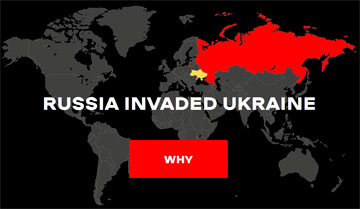Buffer overflow in Linux kernel
| Risk | Low |
| Patch available | YES |
| Number of vulnerabilities | 1 |
| CVE-ID | CVE-2021-38207 |
| CWE-ID | CWE-120 |
| Exploitation vector | Network |
| Public exploit | N/A |
| Vulnerable software |
Linux kernel Operating systems & Components / Operating system |
| Vendor | Linux Foundation |
Security Bulletin
This security bulletin contains one low risk vulnerability.
1) Buffer overflow
EUVDB-ID: #VU92752
Risk: Low
CVSSv4.0: 6.6 [CVSS:4.0/AV:N/AC:L/AT:N/PR:N/UI:N/VC:N/VI:N/VA:H/SC:N/SI:N/SA:N/E:U/U:Clear]
CVE-ID: CVE-2021-38207
CWE-ID:
CWE-120 - Buffer overflow
Exploit availability: No
DescriptionThe vulnerability allows a remote non-authenticated attacker to perform a denial of service (DoS) attack.
drivers/net/ethernet/xilinx/ll_temac_main.c in the Linux kernel before 5.12.13 allows remote attackers to cause a denial of service (buffer overflow and lockup) by sending heavy network traffic for about 10 minutes.
MitigationInstall update from vendor's repository.
Vulnerable software versionsLinux kernel: All versions
CPE2.3 External linkshttps://github.com/torvalds/linux/commit/c364df2489b8ef2f5e3159b1dff1ff1fdb16040d
https://cdn.kernel.org/pub/linux/kernel/v5.x/ChangeLog-5.12.13
https://security.netapp.com/advisory/ntap-20210902-0007/
Q & A
Can this vulnerability be exploited remotely?
Yes. This vulnerability can be exploited by a remote non-authenticated attacker via the Internet.
Is there known malware, which exploits this vulnerability?
No. We are not aware of malware exploiting this vulnerability.
